Best Caribbean Islands for Family Vacations: Which One to Choose
Not all Caribbean islands are the same. Yes, you can water ski, parasail, and sunbathe almost anywhere there, but islands come in different flavors, and some shine in specific areas. Some dazzle with palm-tree lined beaches, some are ideal for snorkelers and divers, and others are set apart by hiking paths through rainforest.
Use our shorthand guide to pick the best Caribbean island for a family vacation.
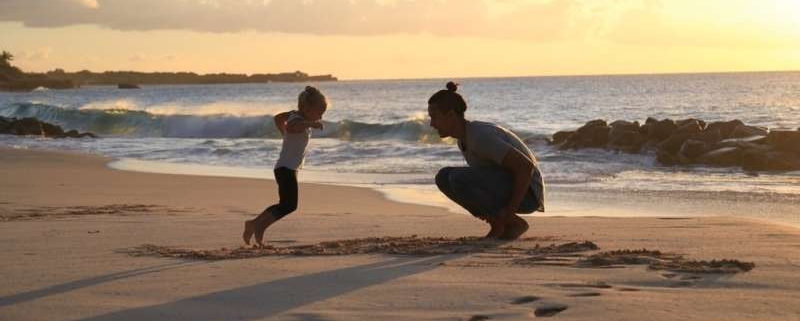 Anguilla Tourist Board
Anguilla Tourist Board Anguilla: Beaches and Food
Anguilla’s silky sands make the island an especially strong choice for families with kids who love sand castle building and swimming and also for college-age and adult children who crave sleep, sun, and top-rated food. There’s even a range of personalities among the beaches. On Meads, the Blanchards Beach Shack serves jerk chicken and seared tuna sandwiches (plus kid-friendly grilled cheese) to vacationers. At Rendezvous Bay’s Dune Preserve beach bar (owned by local reggae star Bankie Banx), the food’s okay but the live music (certain lunchtimes and evenings) is especially fun. At popular Shoal Bay, kids can snorkel the close-to-shore reef or walk along looking for tiny silvery fish caught in the tide pools. Click here for a few of our top dining recommendations. Family-friendly places to stay include Shoal Bay Villas’ condominiums.
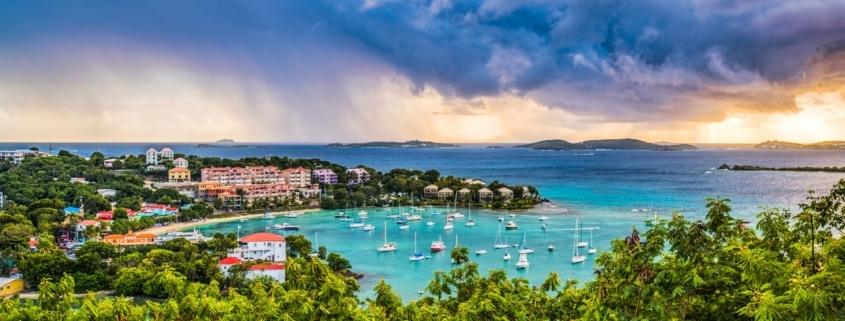 SeanPavonePhoto | Envato Elements
SeanPavonePhoto | Envato Elements Cruz Bay St. Johns
St. John, U.S. Virgin Islands: Hiking
Come to St. John for a laid-back getaway, beautiful beaches, hiking, and fewer crowds than on most Caribbean isles. The Virgin Islands National Park covers nearly 60% of the land, limiting development. While 2017’s double hurricanes thinned the forest, the trails are fine and still pass woods, salt ponds, sugar plantation ruins, and panoramas, and many even lead to secluded beaches. Although Trunk Bay’s snorkel trail shows wear, the beach draws visitors and cruise crowds (avoid it when ships dock in St. Thomas). For much quieter strands with good snorkeling, consider Honeymoon Beach, Leinster Bay (reached on a one-mile hike, pictured), and Lameshur Bay, at the end of a rutted, dirt road best suited to 4 x 4 vehicles. Guided sea kayaking, park ranger tours, catamaran snorkeling outings, and fishing excursions keep active teens and adults busy.
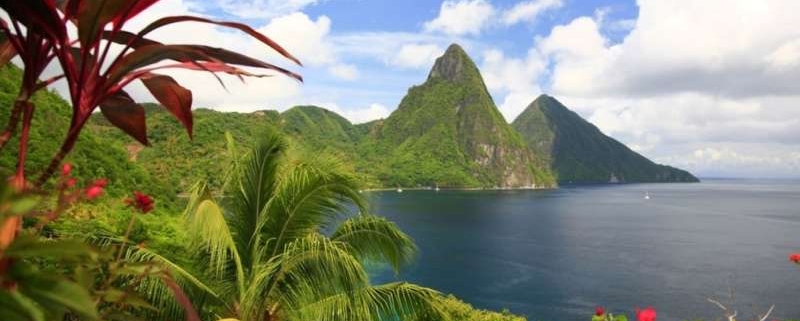 Saint Lucia Tourism
Saint Lucia Tourism St. Lucia: Eco Adventures
The nearly half-mile high spires of the Pitons (pictured) are St. Lucia’s most famous landmark. The lush island pops with eco-adventures. Hardy, experienced climbers can of course tackle those tempting Pitons (best with a guide). In the rainforest, families hike trails, glide through treetops on zip lines, and gently ascend the canopy on a popular aerial tram. At Sulfur Springs Park, be prepared for the steaming geothermal craters and bubbling sulfur pools that smell like rotten eggs. The more pleasingly fragrant Diamond Falls Botanical Gardens and Mineral Baths is sweet with the scents of ginger, bougainvillea, and oleander. For snorkeling, standouts include the nearby reefs of Anse La Raye and Anse Chastenat. Splash Island Water Park, a floating, offshore playground of slides, rock walls, and platforms, delights kids six and older. Family-friendly resorts are plentiful, but look at the water park and children’s program at all-inclusive Coconut Bay Beach Resort & Spa.
 twenty20photos | Envato Elements
twenty20photos | Envato Elements Color in Barbados
Barbados: Street Parties and Caving
Sophisticated and developed, Barbados, a long-time leader in the Caribbean’s culinary renaissance, brings vacationers and locals together at pubs, sports bars, restaurants, and across its busy calendar of festivals and street fairs. Families with young kids and tweens find what they need— soft white sands and barely visible waves—on west coast beaches Paynes Bay and Mullins Beach. The South Coast has waves big enough for kiteboarding and surfing, which might please harder-to-satisfy teens, college-age, and adult children—that coast is good for nightlife, too. On Friday and Saturday, locals welcome visitors to come have fish cakes at the long-running Oistins Fish Fry and mingle at the bars and restaurants at St. Lawrence Gap, a small but lively strip. Off the beach, Harrison’s Cave (pictured) ripples with stalagmites and stalactites, Coco Hill’s hiking trails wander through the rainforest, and Hunte’s Gardens’ flower-filled paths lead to quiet spots. All-inclusive Turtle Beach has a healthy slate of children’s programs for kids aged 3 to 12.
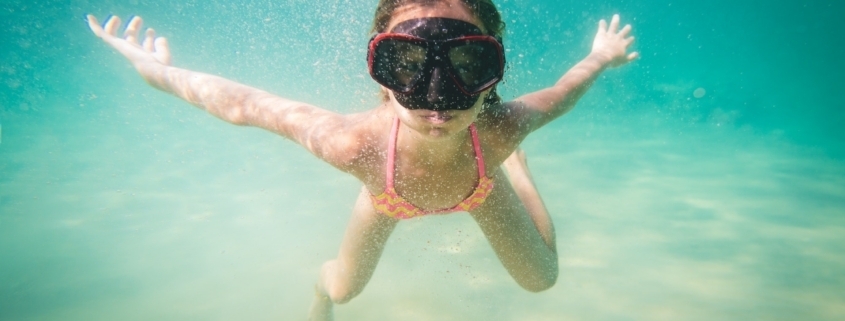 misens | Envato Elements
misens | Envato Elements Little Girl Snorkeling
Aruba: Windsurfing and Snorkeling
Popular Aruba, like Bonaire and Curaçao, lies below the “hurricane belt” in the Southern Caribbean and consequently receives less than 20 inches of rain per year. To experience Aruba’s naturally dry, desert-like, and cacti-dotted landscape, bounce along the rugged northern coast in a Jeep or ride horses and hike through Arikok National Park. Because of the island’s constant breezes—10–20 knots—wind-based water sports dominate. Kids can master windsurfing by taking lessons at Eagle and Palm beaches, two of the island’s bustling, family-friendly beaches. Tranquil Baby Beach’s waters suit littler waders. Since hurricanes have not battered the island’s reefs, schools of tropical fish and brilliantly colored coral gather outside Malmok and Mangel Halto (pictured) beaches. It’s also easy to find outfitters that offer guided snorkel and dive trips to wrecks. De Palm Island, a man-made water play park, lures families—especially cruisers, who can sometimes make it too crowded—with banana boat rides, kids’ water slides, and a beach. Consider Aruba Marriott Resort & Stellaris Casino, which especially appeals to older kids and adult children, as well as the Hilton Aruba, which schedules regular programs for young kids.
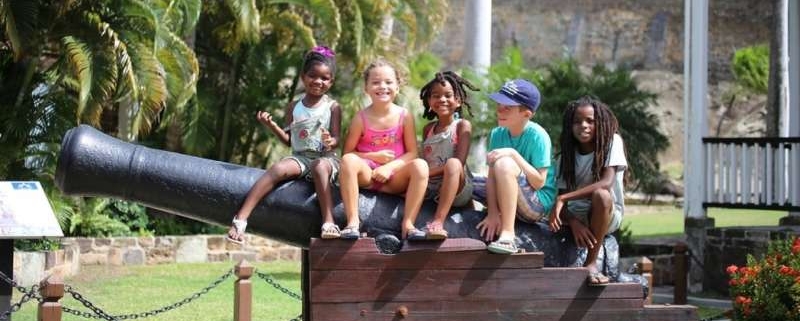 Antigua and Barbuda Tourism Authority
Antigua and Barbuda Tourism Authority Antigua: Secluded Coves
With hundreds of sandy coves lacing its irregular coastline, Antigua has long been a haven for boaters. During the 18th and 19th centuries, the British fleet found safe anchorage at deepwater English Harbour. Now sleek yachts moor in the restored and renamed Nelson’s Dockyard National Park (pictured). History-loving kids can explore the UNESCO World Heritage Site’s museum, climb on its cannon, and tell time using a 1777 sundial. For panoramic views, hike the trail up to the hilltop Shirley Heights. On Sunday nights, Antigua throws an admittedly touristy but fun barbecue dinner with steel pan and reggae rhythms but for hopping Antigua’s famous beaches, hire a boat tour of several coves. Favorites for families include Dickenson Bay for its soft sands and calm waters, Jolly Beach for its water sports, and Long Bay or Carlisle Bay for snorkeling. One upscale family property idea: Carlisle Bay Resort, described in more depth in our spotlight feature of our favorite family resorts in the Caribbean.
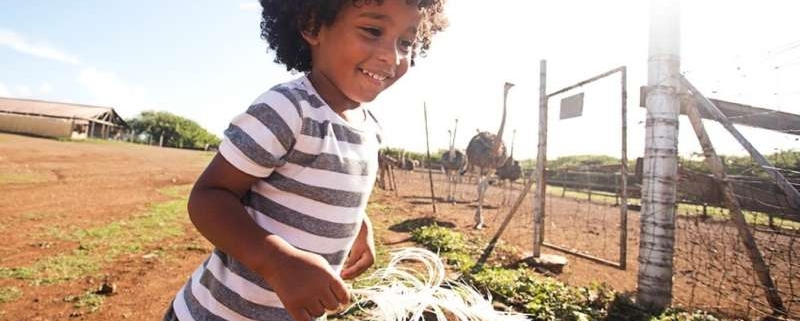 Curacao Tourist Board
Curacao Tourist Board Curacao: Culture and History
Curaçao has one of the most diverse populations in the Dutch Caribbean, making it a good destination for families wanting an interesting cultural mix along with their beaches and turquoise water. The discoveries start with cuisine. Asian, Cuban, and African cooking can all be found in the waterfront district of Pietermaai, a foodie haven. A stroll in the town of Willemstad, much of which is a UNESCO World Heritage site, drops you in the heart of history. Pastel-colored, 17th and 18th century, Dutch-style buildings bloom in Punda, the oldest part of the city, and Otrabanda’s Museum Kura Hulanda explores the bygone slave trade that built both Curaçao and the Caribbean. Find out how the island’s deep water harbor tempted privateers (looters with licenses) at the Curaçao Maritime Museum. Curacao’s population even includes a surprising range of animals: At the Curaçao Ostrich Farm (pictured), kids can stand on the birds’ huge cream-colored eggs (they don’t break). At the Curaçao Sea Aquarium, submersibles take you and your kids directly to the underwater views of fish and coral. For beaches, the calm waters at Jan Thiel, Playa Abao, and Kokomo beaches tend to draw families. A Curaçao bonus: predictable weather. The island lies in the southern Caribbean, out of reach of most hurricanes.
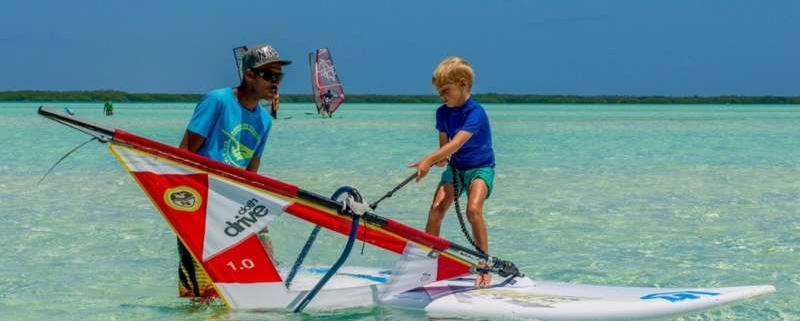 Tourism Corporation Bonaire
Tourism Corporation Bonaire Bonaire: Coral Reefs
Bonaire’s reefs teem with underwater jewels, making this island a paradise for snorkeling and diving. As on Aruba and Curaçao, hurricanes rarely blow through, so fragile reefs have not been stripped by the Atlantic Ocean’s increasingly damaging currents. Scores of ideal sites are found right at the shore, so you can avoid both tour fees and stomach-churning boat rides. Some popular sites (rich with blue tangs, parrotfish, surgeon fish, and other tropical beauties) include 1,000 Steps, named for its long series of stairs down to the beach; Cliff, known for adjoining an elkhorn forest; and Washington-Slagbaai National Park, where you can also see flamingoes in salt flats. It’s easy to find tour operators who guide certified scuba divers. (Hotels sometimes help, too: Buddy Dive Resort hosts diving experiences and lessons for kids as young as 8 as well as diving courses.) Although good beaches are scarce on Bonaire, pretty Pink Beach is named for the pulverized coral that washes up. At Lac Bay’s Sorobon Beach, the combination of shallow water and ideal breezes makes learning windsurfing easy. Outfitters there have child-sized equipment and give lessons.
 SeanPavonePhoto | Envato Elements
SeanPavonePhoto | Envato Elements Virgin Gorda, British Virgin Islands at The Baths
British Virgin Islands: Boating
A British Virgin Islands vacation is all about boating. Within a radius of a few hours’ sailing, some 60 islands and cays beckon snorkelers, divers, and sun lovers. Although the 2017 hurricanes’ swells damaged some reefs near land, snorkel and dive sites further out escaped major damage. From Tortola, scuba-diving families can explore the remarkably intact shipwreck of the HMS Rhone. The BVI Art Reef (a Pearl Harbor fuel barge intentionally sunk by Richard Branson and environmentalists off Virgin Gorda in April 2017) was fitted with a rebar-and-mesh sculptural sea monster with porous tentacles that are designed to encourage the growth of coral. From Tortola, the BVIs’ main island, consider a snorkel day trip to the Indians (rock pinnacles near Pelican Island) or the caves at Norman Isle. For families craving several days at sea, the Moorings, based on Tortola, provides rental boats as well as captained and crewed charters. On Tortola, beach lovers head to Cane Garden Bay and Long Bay, a mile-plus swath of soft sand. A Virgin Gorda tradition: scrambling over and squeezing through the Baths, a labyrinth of shoreside giant boulders (avoid when cruise ships are in port).


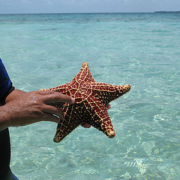 Travel Tips and Trips
Travel Tips and Trips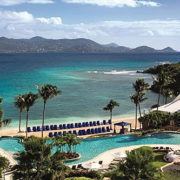 Physician's Money Digest
Physician's Money Digest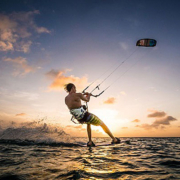 Physician's Money Digest
Physician's Money Digest Frommers.com
Frommers.com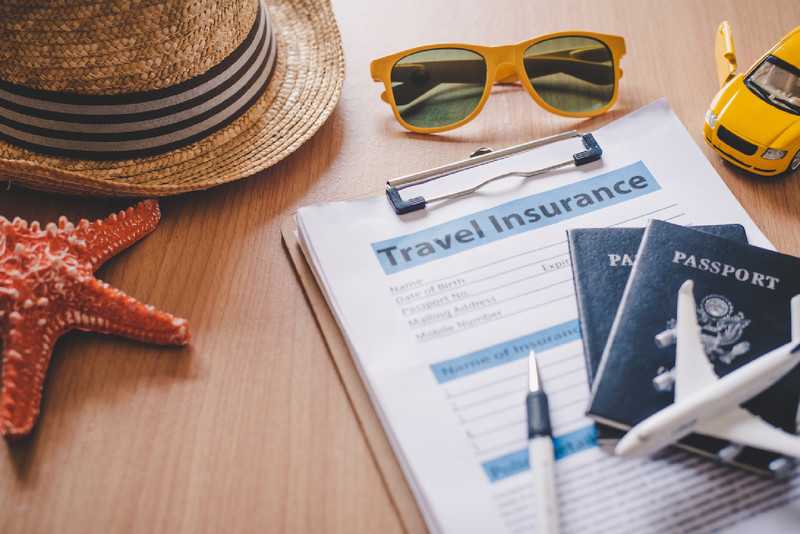 Creators Syndicate
Creators Syndicate MSNBC.com
MSNBC.com
 Kathy Valentine
Kathy Valentine